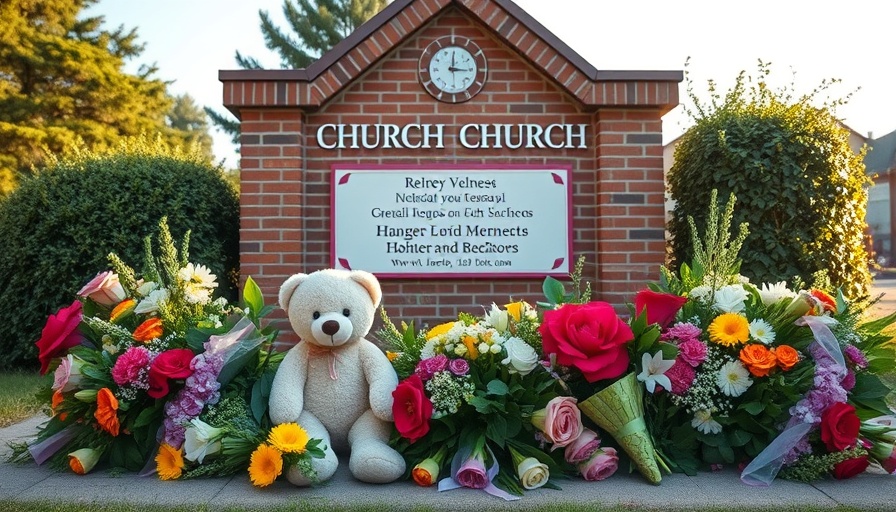
Tragic Consequences: The Attack on Humanitarian Workers in Gaza
In a harrowing escalation of violence in the Gaza Strip, a humanitarian organization has reported that Hamas, the ruling militant group, attacked its Palestinian workers who were providing essential aid in the region. This incident not only highlights the volatile security situation in Gaza but also raises profound questions about the safety of aid workers dedicated to delivering crucial relief amid conflict.
The Humanitarian Crisis in Gaza
The ongoing conflict in Gaza has exacerbated the humanitarian crisis, affecting millions of Palestinians. With essential services and supplies dwindling, international aid organizations face immense challenges in providing needed assistance. The attacks on aid workers disrupt these efforts and highlight the dangers they encounter in their mission to deliver food, medical care, and shelter to those in need.
Political Ramifications: Local and International Responses
This incident is likely to have significant implications for both local political dynamics and international relations concerning the Israel-Palestine conflict. The destabilization of humanitarian efforts may prompt a reevaluation of foreign aid policies and raise questions about the role of groups like Hamas in obstructing relief efforts. Additionally, countries with vested interests in the region, including the United States and members of the European Union, must consider how this incident will affect their diplomatic engagements and funding decisions.
Humanitarian Workers at Risk: A Growing Concern
As violence continues to plague regions such as Gaza, the safety of humanitarian workers remains a pressing issue. The United Nations and other international organizations have condemned these attacks, asserting the fundamental importance of protecting aid workers under international law. Yet, the increasing frequency of such violence raises questions about the effectiveness of current protective measures and the larger implications for global efforts in crisis zones.
Understanding the Broader Context: Repercussions for Peace Initiatives
This attack on humanitarian workers serves as a stark reminder of the obstacles peace initiatives must overcome in achieving stability in Gaza and the broader Middle East. As the United States prepares for potential shifts in foreign policy after elections and amid heightened partisan scrutiny, this incident could affect bipartisan support for humanitarian funding in the region. The political landscape surrounding the Israel-Palestine conflict may be influenced by how leaders frame this attack within broader narratives regarding governance, security, and human rights.
Advocating for Change: What Can Be Done?
Reactions to the attack underline the urgent need for reform not only in protecting humanitarian workers but also in tackling the root causes of violence in Gaza. Advocacy for stronger protections and increased international oversight might be essential in ensuring that aid organizations can operate effectively without risk of attack. Furthermore, heightening awareness around the plight of aid workers may galvanize public and political support for structural changes necessary to safeguard humanitarian efforts.
Conclusion: The Call for Action
The recent attack on humanitarian workers in Gaza underscores the urgent need for a concerted response from both local and international stakeholders to address violence against aid efforts. As the U.S. navigates its political landscape, it is paramount for lawmakers, representatives, and citizens alike to push for policies that enhance not only the safety of workers on the ground but also the overall effectiveness of humanitarian missions in conflict zones. Making informed choices about foreign aid and diplomacy can help foster a safer environment for vulnerable populations in the Gaza Strip.
 Add Row
Add Row  Add
Add 




Write A Comment